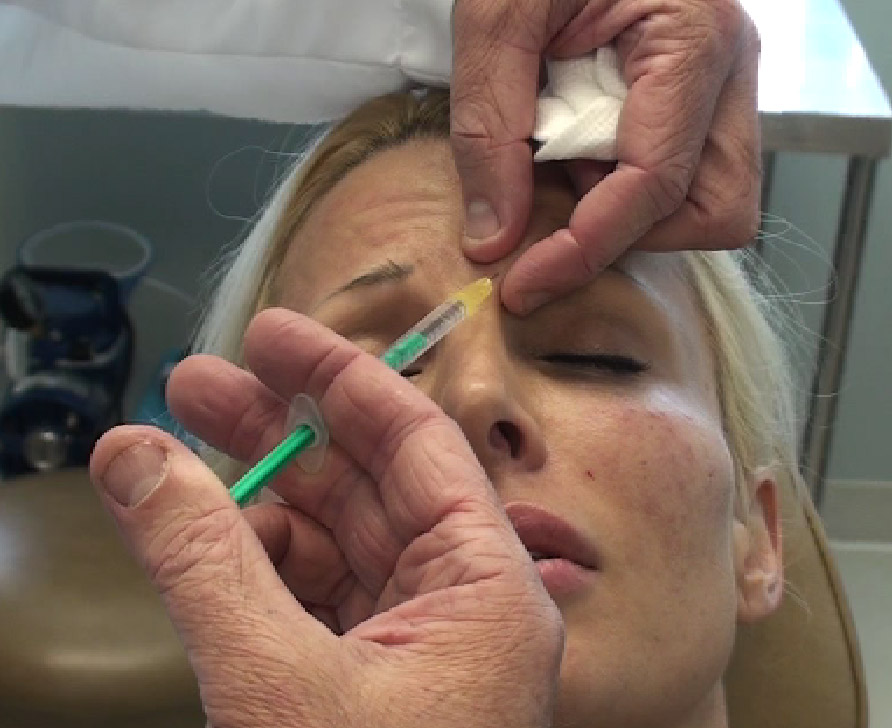Botulinum toxin (BOTOX®) is a material that has been known for over a century and used for medical purposes for more than 50 years. Its initial uses were for strabismus (commonly known as a lazy eye), blepharospasm (inability to move the eye in certain ways), and cervical dystonia (wry neck). In 2002, it was approved for improving and relaxing frown lines in the area between the eyes on the forehead (the glabella) and has been used successfully in more than half a million patients since that time.
A common misconception is that BOTOX® actually paralyzes the muscles in the face. Although, with extreme amounts of BOTOX®, this can happen, most physicians strive to inject just the amount that allows the patient to have some limited activity but not so much that they have overactivity of the areas. Patients should know that BOTOX® is not used to keep them from expressing themselves but simply to keep them from making facial grimaces and frowns that have become habits and are unintended. When done correctly, most people who are not trained cosmetic surgeons will not notice that a BOTOX® procedure has been performed but simply that patien looks more rested or happier.  How Does BOTOX® Work?
Normally, your brain sends electrical messages to your muscles so that they can contract and move. The electrical message is transmitted to the muscle by a substance called acetylcholine. BOTOX® works to block the release of acetylcholine and, as a result, the muscle does not receive the message to contract. This means that the muscle spasms or movements that cause wrinkling, stop or are greatly reduced after using BOTOX®.
|
|